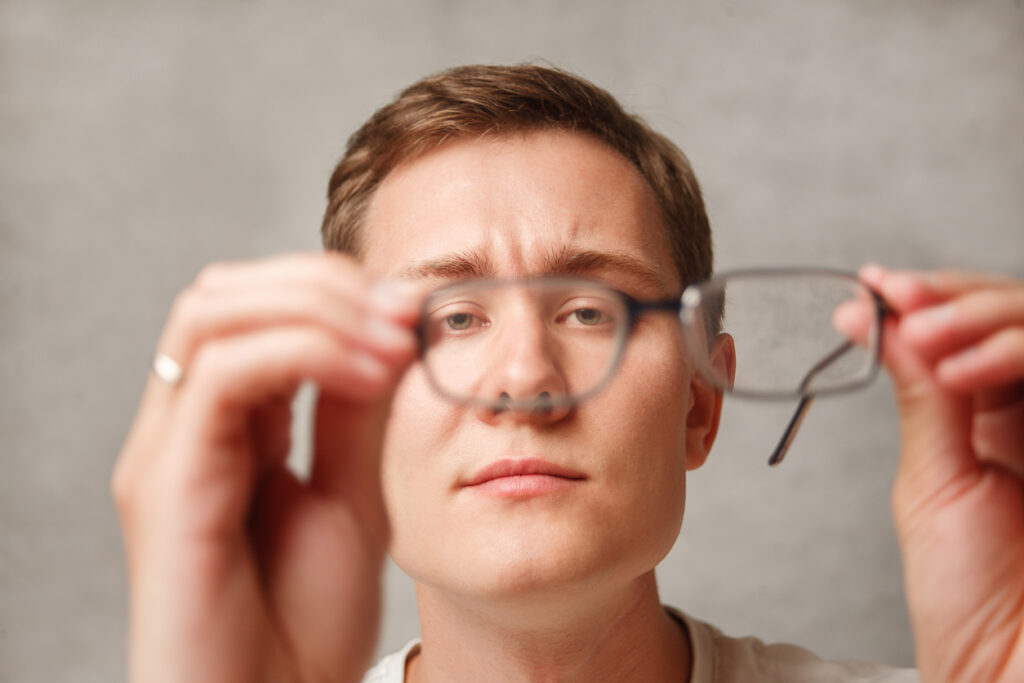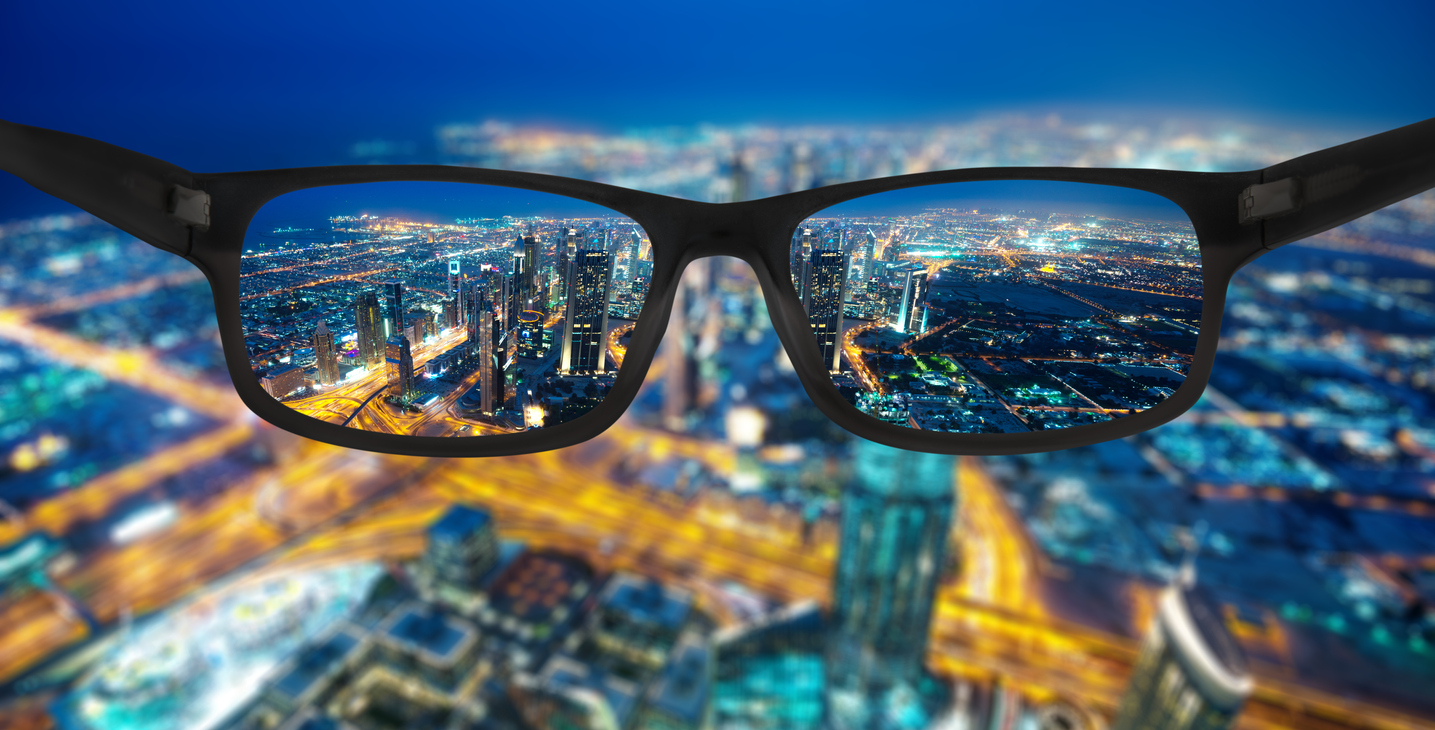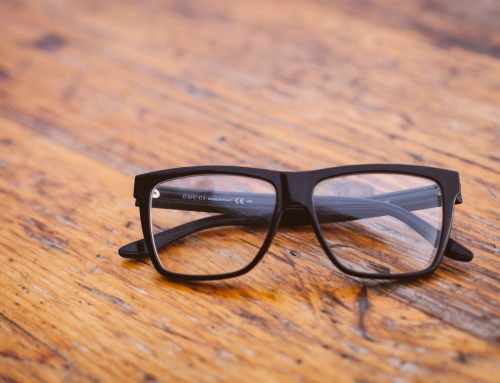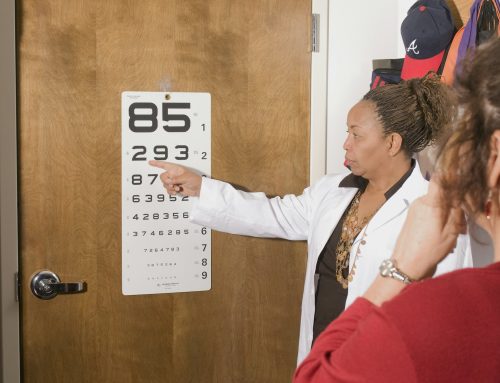Just like people, no two sets of glasses are exactly the same. The lenses are customized to their wearer in an effort to make the vision correction as successful as possible.
There are several options when it comes to lenses, but two of the most popular are the bifocal and the progressive lenses. But what exactly is the difference between them?
Let’s take a look.
Exploring the Differences Between Bifocal and Progressive Lenses
Bifocal Lenses
As the name suggests, bifocal lenses are able to correct two vision problems.
Traditional bifocal lenses are essentially split in half. The bottom part of the lens has the near prescription, allowing for reading, knitting, or anything else that requires close sight. These activities require you to look down, therefore you are looking through the lower part of your lens.
The top half of the lens will therefore have the far prescription, allowing you to see objects further away.

Some bifocals, however, will differ in their placement of the prescription. If you have an occupation or hobby that requires you to look up a lot, like an electrician, you may opt to have a variation in your bifocals. In this case, the far prescription will be in the middle of the lens, with the near prescription on the top and the bottom.
Progressive Lenses
While bifocal lenses only have two levels of vision correction, progressives are able to consider more.
There are generally three sections in progressive lenses: near, middle-ground, and far prescriptions. However, there is less of a distinction between these three prescriptions than there are in bifocals.
Since bifocals only have two elements (near and far), there will be a more defined line between the two prescriptions. Of course, your eyes adjust to this and soon will not notice.
However, progressives have the unique feature of blending the prescriptions into each other. Therefore, the spaces between the far prescription and the near prescription remain in focus and allow the wearer to see relatively close objects clearly.
Progressives do take a little longer to adjust to, as you need to train your eyes on where to look through the lens. You may find yourself feeling unwell if you try to read a book through the far prescription section of the lens. However, once you’ve adapted, progressives are good for any scenario, and you won’t have to worry about changing glasses based on the activity.
Ultimately, every set of eyes is different, so don’t hesitate to speak with your optometrist and explore which style of lens is best suited for you!








